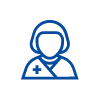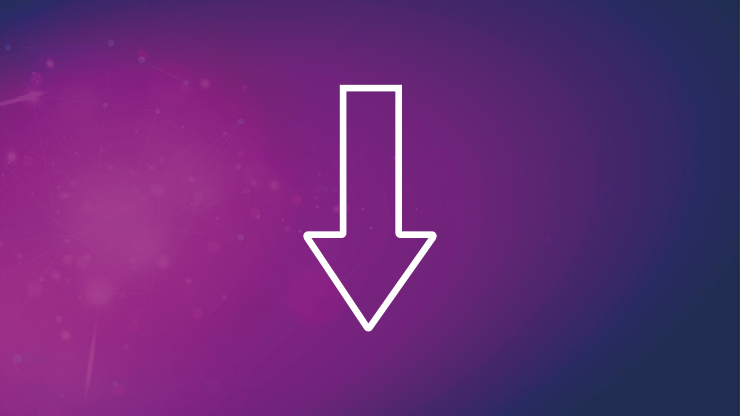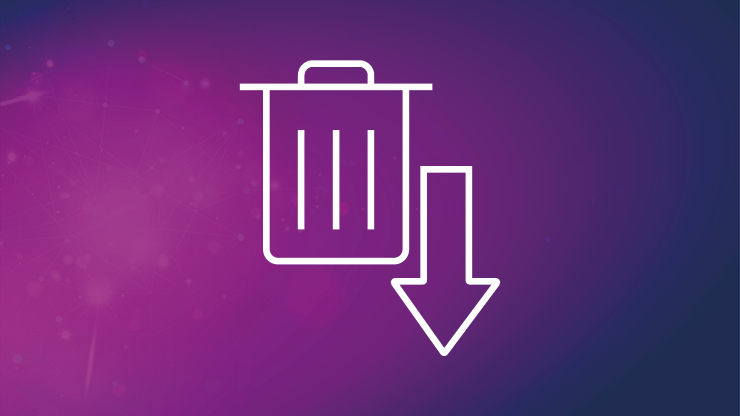1. Implementing a gravimetric system
Historically, volumetric compounding of intravenous (IV) oncology drugs requires high levels of concentration by the individual compounder or a second checker to manually verify the accuracy of preparation steps during the compounding process.
Gravimetric compounding however uses technology to perform this verification. Via an electronic balance and the known density of each ingredient, gravimetric systems confirm the accuracy electronically of volumes drawn up and doses prepared. This reduces the requirement for manual verification of volumetrically prepared doses.
Benefits of a gravimetric system:
Detection of errors that wouldn’t have otherwisebeen detected
A study in 10 centres across 5 European countries reported the mean out-of-tolerance error rate identified with a gravimetric compounding system of the 759,060 chemotherapy doses, was 10.44%. The study concluded it was highly likely these errors would have gone undetected using traditional volumetric preparation.1 This therefore can help improve patient safety.
Reduction in the requirement to re-makedoses
Due to the gravimetric system identifying errors at the point they occur, it allows the error to be rectified immediately. This reduces the requirement to remake doses, unlike with processes where the errors are primarily identified at the final checking stage. A study showed that due to a reduction in having to remake doses, a gravimetric system can reduce drug waste significantly, and also reduce technician compounding time and pharmacist final verification time per product by 34% and 37% respectively.2This therefore can help reduce costs and increase process efficiency.
BD Cato™ is a system that performs gravimetric compounding. BD Cato™ is an integrated automated* software solution for chemotherapy that provides support throughout all stages of therapy, from prescription, to compounding and administration. During compounding, it connects with electronic scales, resulting in step-by-step gravimetric IV preparation workflow with hard-stop verification.
2. Adopting a paperless workflow
Manual prescribing and documentation risks illegibility problems, as well as transcribing and processing errors. There is also the risk of loss of paperwork, multiple copies being in circulation, and incomplete documentation.
Electronic workflows allow healthcare staff to have instant access to the information they require, and the most up-todate information. When they integrate with other healthcare information systems such as electronic medical records, it allows complete oversight of the patient care pathway.
Space and resources can be saved from not having to store and archive paper documentation, and analysing workflow trends and metrics is easier when this information is stored electronically.
Adopting a paperless workflow through the implementation of technology such as BD Cato™ can therefore have significant benefits to a pharmacy. For example, its electronic prescribing module ensures legible, complete prescriptions, which are automatically sent to pharmacy. Its compounding module documents all stages of the compounding process electronically, with barcode scanners, cameras and gravimetric scales removing the requirement for manual input of information. This can be seen as a positive step toward process improvement in oncology.
3. Improving workload management
The number of patients diagnosed with cancer continues to rise3, and therefore the workload within a pharmacy compounding unit is likely to as well. Combine this with staff shortages that many organisations face, improving workload management is key.
Either due to the electronic prescribing module of BD Cato™, or through interfacing with a hospital’s EPR system, BD Cato™ allows the pharmacy to see the compounding workload for that day, and future days. This allows the team to plan appropriately. BD Cato™ automatically prioritises the most urgent prescriptions, helping to ensure they are prepared first. It eliminates many non-added value activities within the compounding process, allowing pharmacy staff to be more focussed on clinical work, auditing, and quality management4. The electronic system provides oversight of processes, allowing issues or bottlenecks to be identified, and metrics can be monitored and analysed.
4. Optimising inventory management
Good inventory management is crucial. Pharmacies are often required to keep stock levels at a minimum; however, this runs the risk of stock-outs, which can have a detrimental effect on patients if it affects their treatment schedule. Ineffective stock rotation could lead to stock expiring, and therefore drug wastage. There is a need for compounding units to have a safe and effective way to return unused drug remaining in vials post-compounding back to stock, preventing the remnants having to be discarded.
BD Cato™ allows real-time oversight of drug inventory within the aseptic unit, and during assembly advises the user on most appropriate materials to use with regards to vial size and stability date. This can help ensure process improvement in oncology through effective stock rotation, and prevention of stock-outs.
After compounding is completed, if there is remaining drug in a vial BD Cato™ permits the return of it to stock. The gravimetric scales can accurately measure the amount remaining, the system calculates the new in-use stability date, and it is returned into the electronic inventory of BD Cato™. A unique barcoded label is printed detailing the quantity remaining and its in-use stability date, which is applied to the vial to allow its physical return to inventory. This vial can now be used for future preparations.

